This post may contain affiliate links for which I earn a small commission at no extra cost to you. For more info, check out my Disclosure Policy. Thank you for your support!
Being diagnosed with coeliac disease or told to go on a gluten free diet can seem very daunting. I mean, where do you even start when giving up gluten?
Luckily for you, I’m here to help!
When I first went gluten free more than two decades ago there was very little knowledge of coeliac disease. Free from aisles didn’t even exist back then.
But now the choice is much more varied but it can still feel overwhelming. Which is why I’ve put together my go-to guide to starting a gluten free diet right here.
Yes, a coeliac disease diagnosis can feel like you’re having to give up all the foods you love.
But with a little creative thinking and a whole lot of help from my recipes, you actually don’t have to miss out on anything at all!
Whatever your reasons for going gluten free, here are my top tips for starting a gluten free diet without feeling like you have to miss out…
Learn about gluten
Knowledge is power – the more you understand what gluten is and the kinds of foods you can find it in, the more you’ll become adept at avoiding it.
I’ve got a full gluten free FAQ covering in more depth what gluten is, but essentially you want to avoid any gluten-containing grains, most commonly wheat, barley and rye.
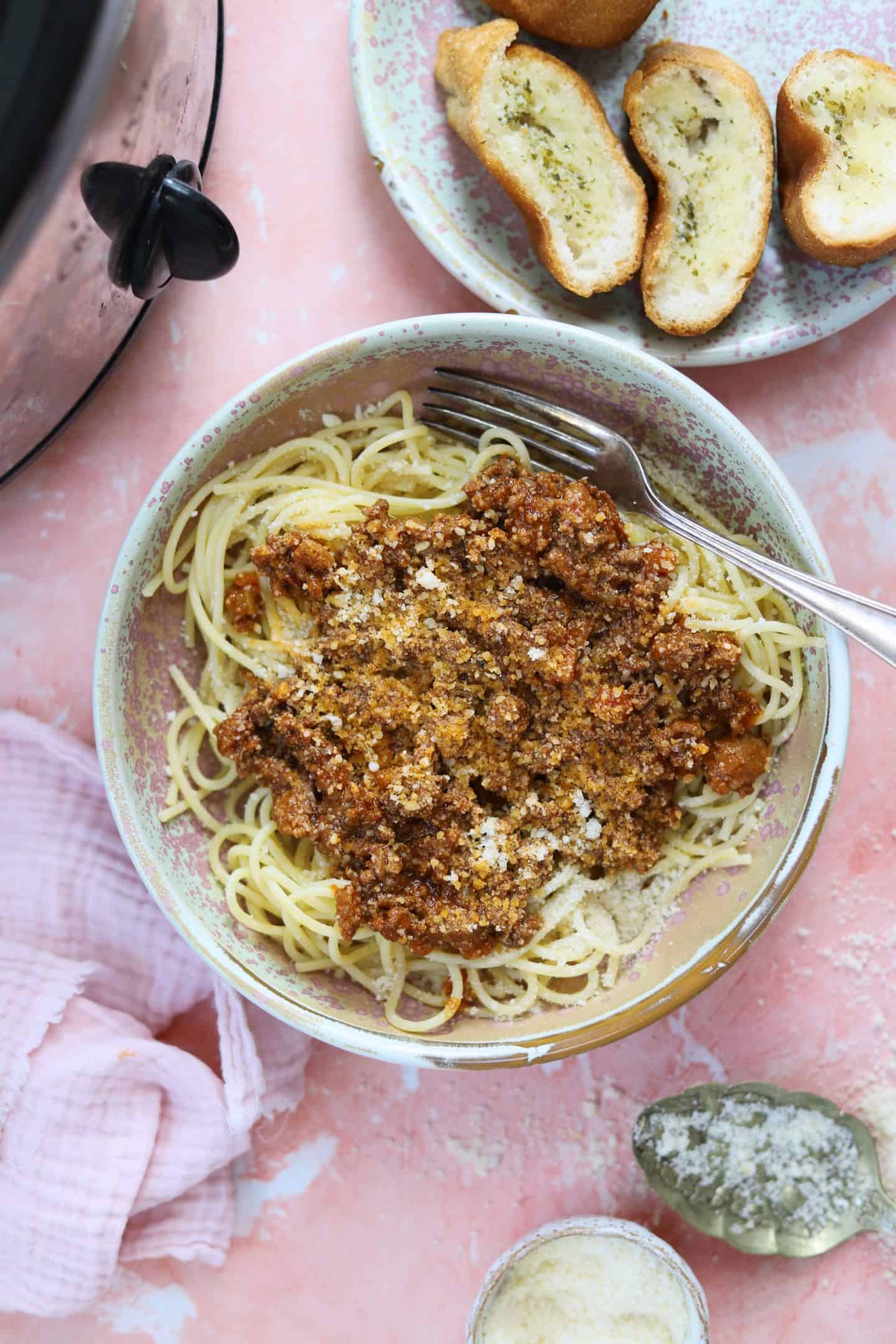
This means foods containing flour, such as breads, pasta, cakes, biscuits, egg noodles and anything bread-crumbed or battered.
But it will also include some processed foods like sausages, and a lot of foods which are thickened such as sauces and soups.
But how do you know which foods contain gluten? Well, that leads us nicely onto my next point…
Learn to read ingredients lists
It’s very likely when you get the news you have to go gluten free, the first thing you’re gonna do is raid the kitchen cupboards.
Learning to read ingredients lists will help you identify what you can and can’t eat, and the more you do it, the easier it gets.
First look for a ‘gluten free’ label or the crossed grain symbol, which will instantly tell you that food is safe to eat.
Without this, you need to look for any gluten-containing grains such as wheat, barley or rye on the ingredients list – these should be highlighted in bold.
You’ll also need to avoid oats, unless they are specifically labelled ‘gluten free oats’.
Finally, if there are no gluten-containing ingredients, check for any may contain warnings. Something along the lines of ‘made in a factory which also handles wheat’.
Anyone with coeliac disease should avoid foods with ‘may contains’.
Explore the free from aisle
Another sure way to find safe, gluten free food is in the free from aisles of the supermarket.
Any products in these aisles which are marked as ‘gluten free’ or ‘free from gluten’ will be completely coeliac-safe.
Just always ensure you double check and never assume food here is safe – it is a ‘free from’ not ‘gluten free’ aisle, so some products will contain gluten but be dairy or egg free. But largely most of the products here will be gluten free.
This is a good place to stock up on things like gluten free bread, pasta, cakes, treats, gravy granules, soy sauce, flour and other baked goods.
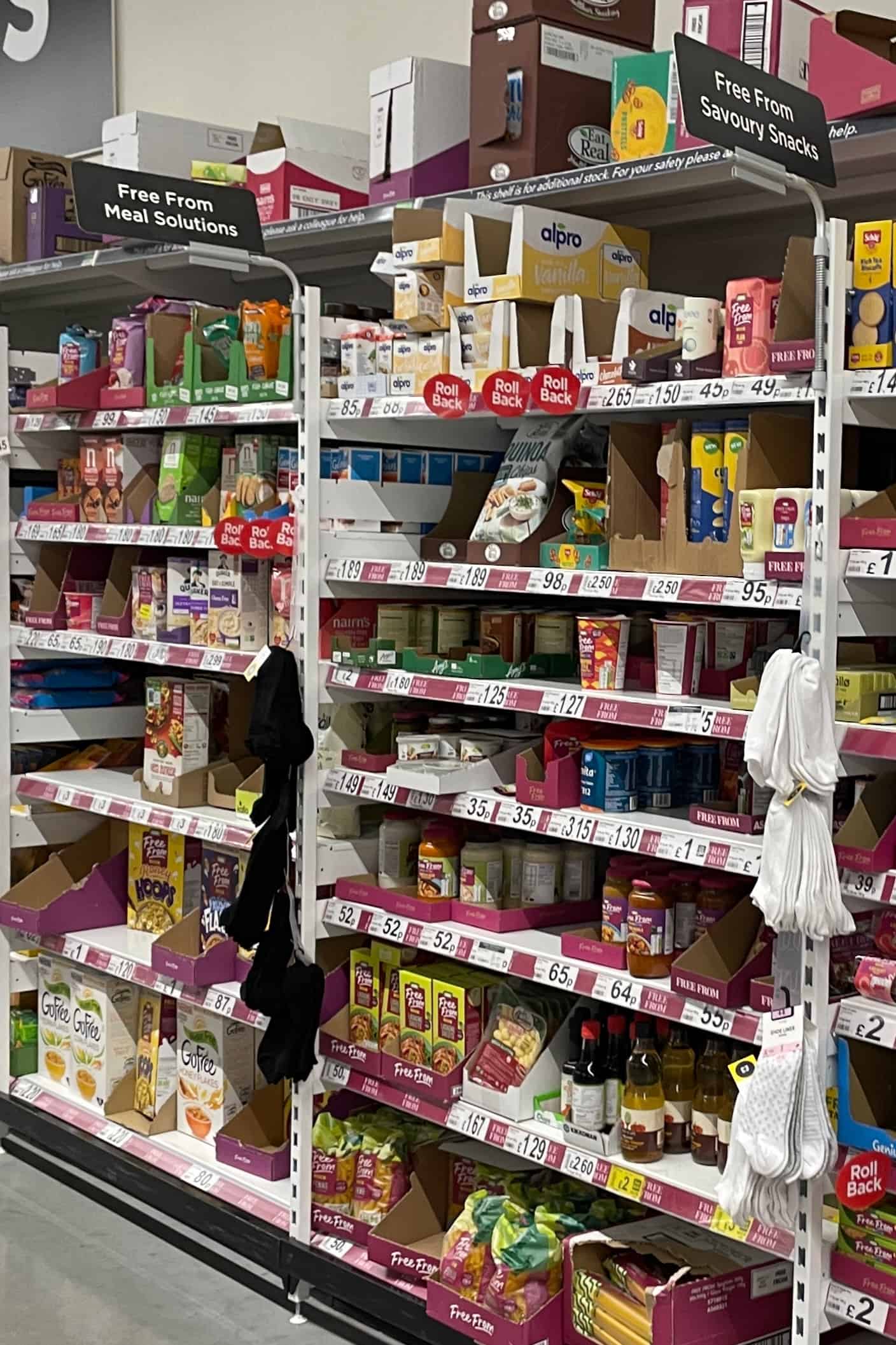
I find the free from aisle is a great place to start when you’re new to the diet, but gluten free food can be expensive.
For example, a gluten free loaf can cost up to £5, whereas a normal loaf of bread is about 50p!
When you’re new to a gluten free diet I recommend shopping around and finding the products you love, but also looking for naturally gluten free options to balance the costs.
Shop naturally gluten free
Which leads me nicely to my next point – don’t be afraid to get out of the free from aisle and look for naturally gluten free foods.
Meat, fish, vegetables, fruit, rice, potatoes, quinoa, eggs, milk, cheese, yoghurt – there are so many products that don’t contain gluten at all.
You can try and replicate your exact diet of things like breakfast cereals, sandwiches, pasta bakes, etc, using gluten free replacements. But you may need to take out a second mortgage!
Homemade gluten free granola or omelette for breakfast?
The more you explore outside of the free from aisle, the more varied your diet will be and the more you’ll find enjoyment in food again.
Cook from scratch
Ok, I realise the prospect of cooking from scratch can be terrifying for some, and if you rely a lot on ready meals and processed foods, you’re likely to struggle more transitioning to gluten free.
Yes, gluten free ready meals and convenience foods are available, but there is much less choice.
Instead, you’ll save a lot of money (and eat a lot better) if you learn to cook a few simple meals from scratch.
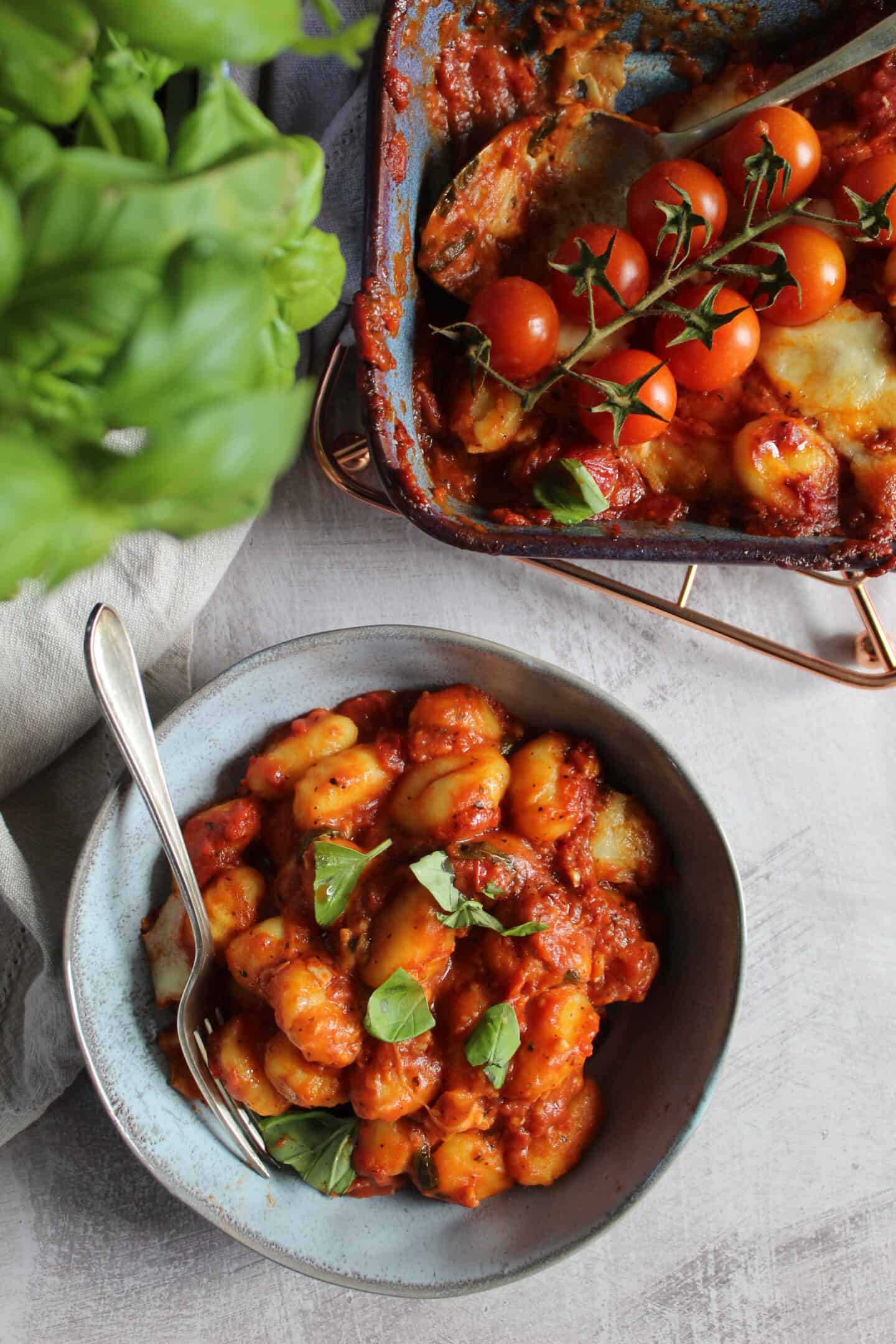
I’m not talking about knocking up a three-course Michelin-star meal every dinnertime. But a few simple dishes like homemade pasta sauces, curries or stews will really help you out.
Plus a lot of these meals can be made gluten free without anyone knowing – so the whole family can eat the same thing and minimise the risk of cross contamination too.
I have hundreds of easy recipes which are perfect for beginners, so why not pick a dish you really miss and surprise yourself at how easy it is to make it gluten free?
Stay positive!
It may feel like your world has been turned upside-down but I promise, it’s nowhere near as bad as you might think.
Things may be a little different now, but you’ll soon get to grips with a gluten free diet.
Learning to read labels will give you the freedom to try new foods. The free from aisle will give you a chance to try foods you may never have had before, and find new favourites.
Experimenting with cooking can be a fun new hobby and if you get your friends and family involved then it will be extra support for you.
Plus you can always turn to online support groups, like my Facebook group, when you’re feeling down or confused about something.
There is a huge community out there and you’re not alone, so embrace your new lifestyle and move forward with big, positive steps!
Got any tips to share?
Going through your own gluten free journey?
Whether you’re newly diagnosed with coeliac disease or a gluten free veteran, please share any tips and advice you might have in the comments.
The more positive advice and help out there, the better, so if there’s anything I have missed in this guide I’d love you to share it below.
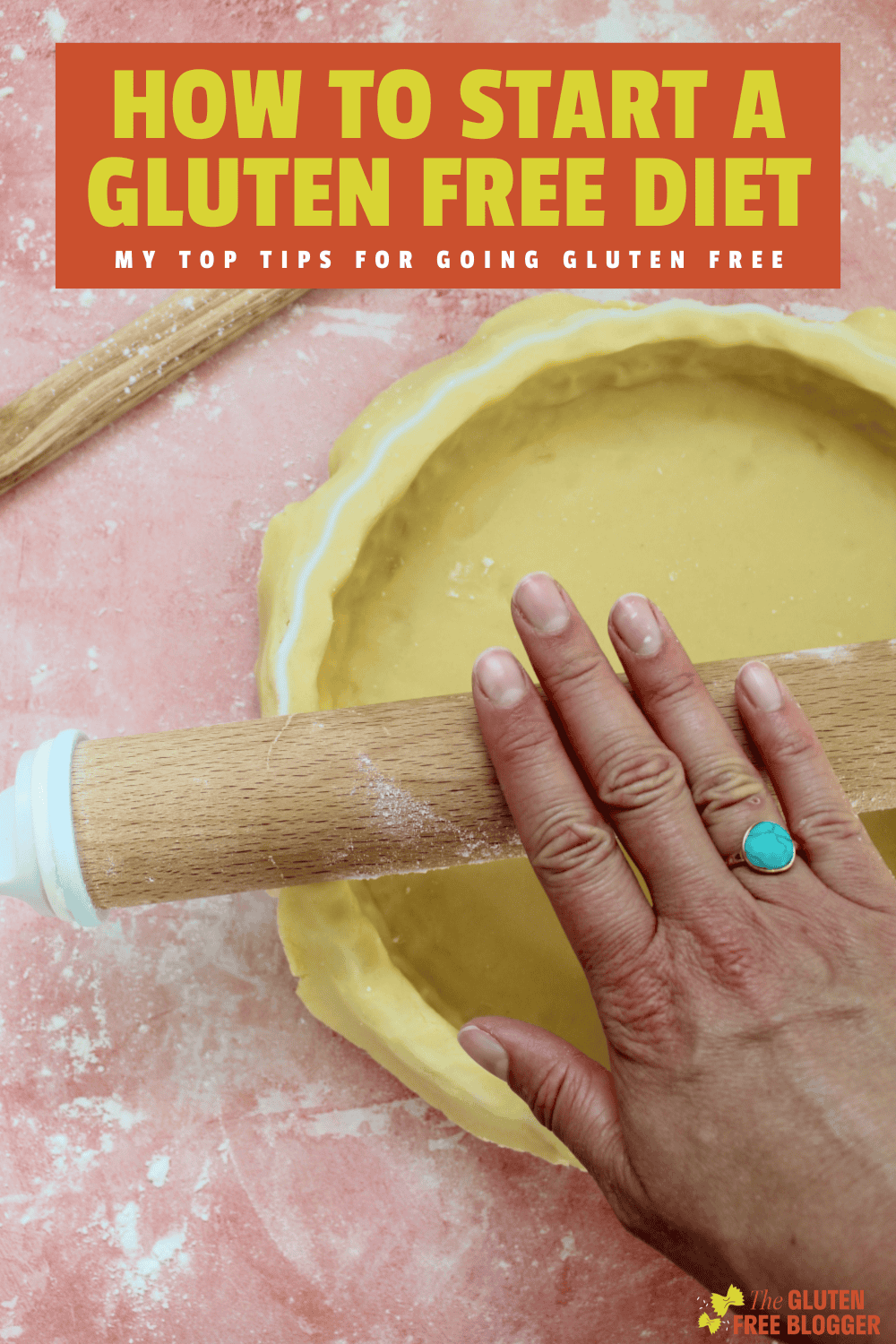

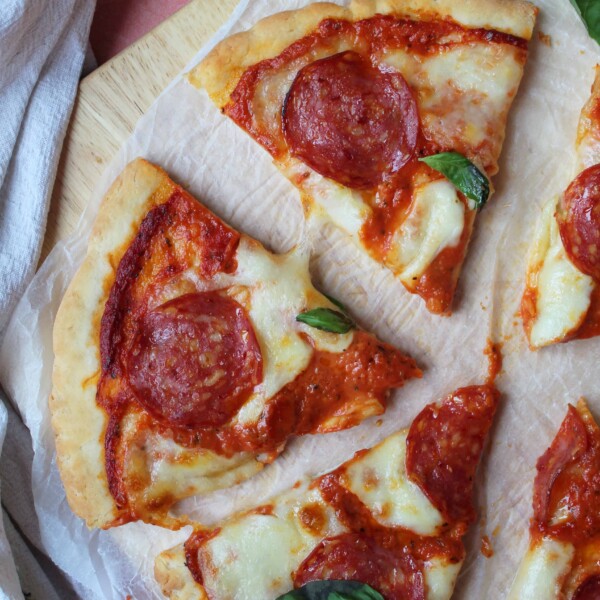
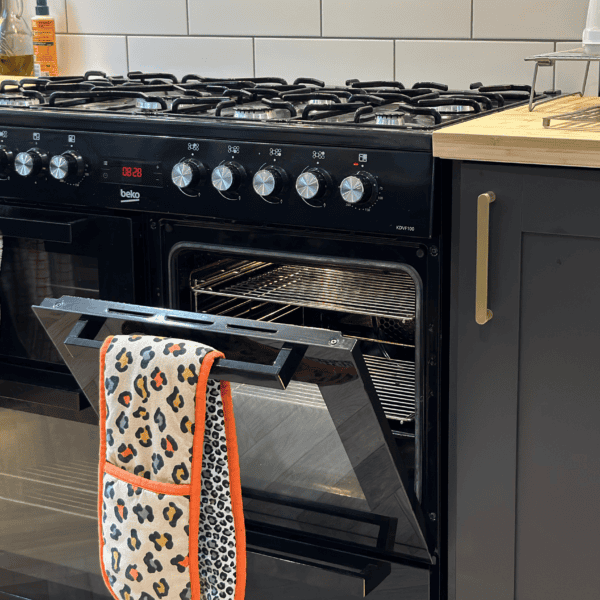
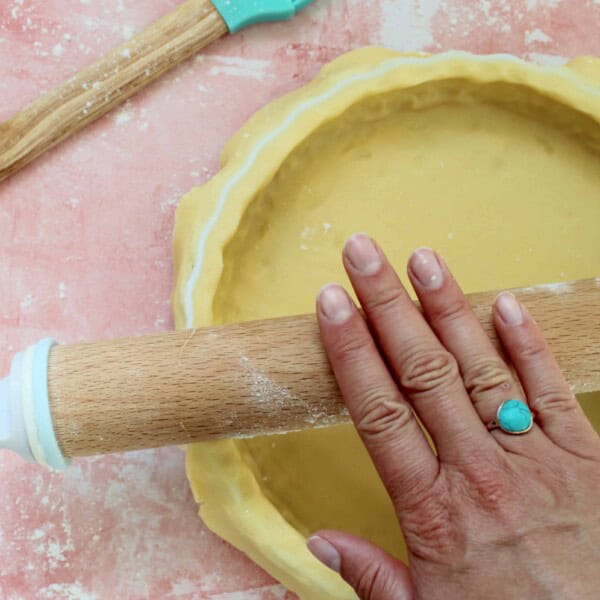
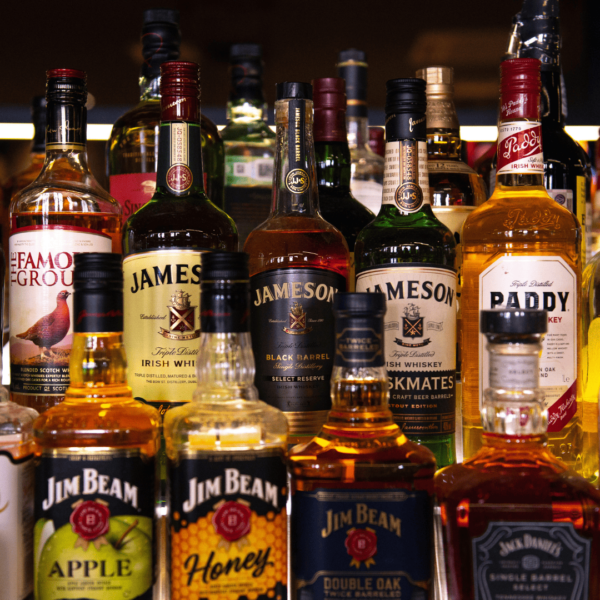

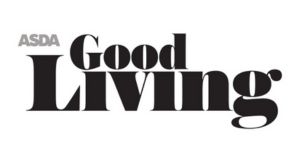
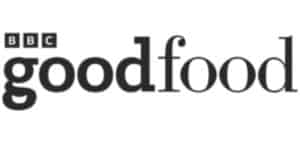
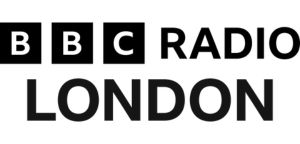
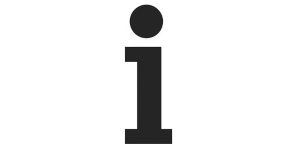
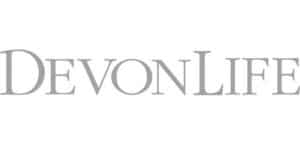


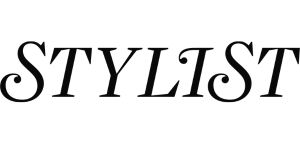
The meal I missed most was dumplings in stew. Atora suet is coated in wheat flour so I went to my local butcher and asked him to get me some suet directly from the beat. This he did. I froze it and then grated it and saved to 100 gram bags and put it back in the freezer. Now I can make my own dumplings with gf flour.
Excellent! Morrisons and Tesco’s veg suet is also gluten free 🙂
Hi Sarah
What a very enterprising girl you are! Certainly a lesson in finding success out of affliction.
After many years of trial and error we’ve finally realised that my husband is gluten intolerant so I’m now trying to master this new style of cooking. I have always enjoyed cooking, especially baking, but am wondering if I can simply swap normal flour for the gluten free equivalent? Am guessing it’s probably not as simple as that! I have bought g free flour, Sr flour, baking powder and xanthum gum but wondered if there’s a standard quantity swap to use them.?
First try has to be your chocolate brownie recipe as the grandkids will love them too.
After 50 years of muggle diet and almost always cooking from scratch, having husband diagnosed was a shock. I learned to cook differently, then found Sarah, who changed my cooking forever 😃. I’m now confident with pastry after being terrified. Learned to double batch and freeze, especially oaty biscuits and pastry. Vegetabke suet is useful. Bisto jars are ok for us. Life has become much easier. Thank you Sarah.
Ah that’s so kind of you! It’s definitely a learning curve but sharing tips like this helps SO much!
I miss my chinease treat, sweat and sour chicken balls and egg fried rice, try to make these at home never taste or turn out the same 🙁
Hi Sarah
What a very enterprising girl you are! Certainly a lesson in finding success out of affliction.
After many years of trial and error we’ve finally realised that my husband is gluten intolerant so I’m now trying to master this new style of cooking. I have always enjoyed cooking, especially baking, but am wondering if I can simply swap normal flour for the gluten free equivalent? Am guessing it’s probably not as simple as that! I have bought g free flour, Sr flour, baking powder and xanthum gum but wondered if there’s a standard quantity swap to use them.?
First try has to be your chocolate brownie recipe as the grandkids will love them too.